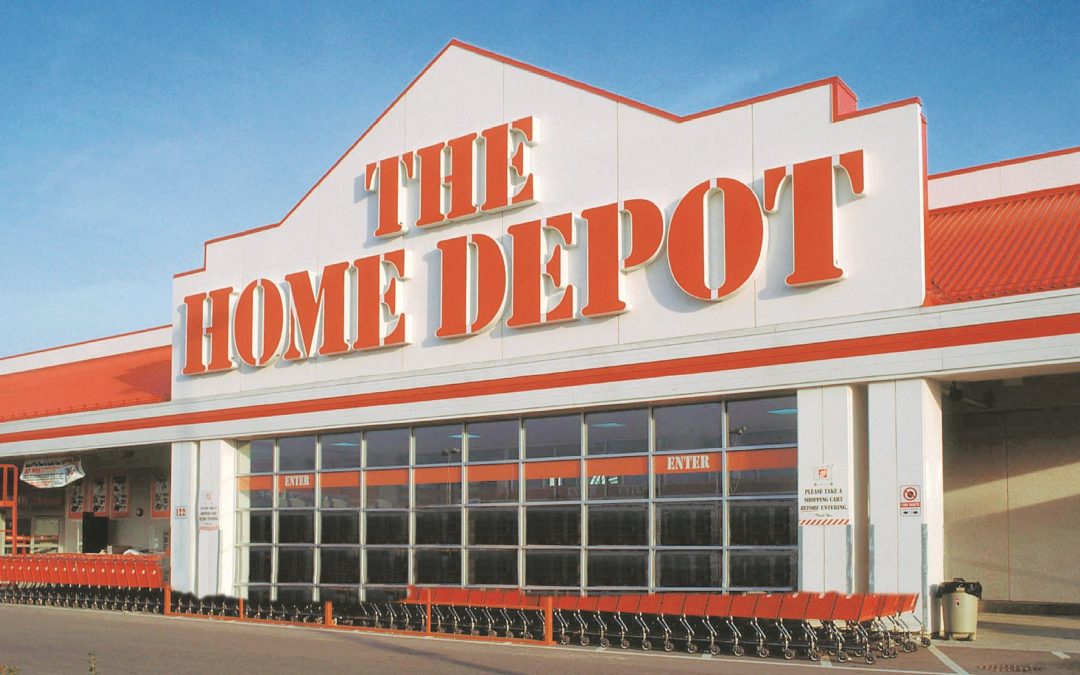That’s because when the first iPhone users started trickling in to Home Depot locations, they brought with them a device that had more information on it than any salesperson had on the floor. Customers still needed help, but often had to get the sales associates up to speed first; hardly an ideal situation.
But, as Beggs detailed in a presentation at the recent Tablet Strategy conference, he sleeps more soundly now thanks to a deployment of iPad Minis. Specifically, he developed a program that gives select sales associates access to SMaRT (Social Mobile and Real Time) mobile performance support, via the iPad Mini.
SMaRT integrates information from Home Depot’s own website and app, competitor’s publically available data including comparison pricing and even weather apps so associates could recommend starting that outdoor DIY project when the sun is shining. Best of all, Beggs said, “We didn’t invest a lot in creating anything. As much as possible, we used free, publically available information and content.”
In order to help Home Depot Canada’s associates navigate the content that they needed in the aisle, Beggs created a proof of concept that put 18 devices into one store for nine weeks. What he learned astonished him: “20% of the dollar wins were on the device.”
Then the president of Home Depot Canada told him he needed to prove SMaRT was scalable. So Home Depot Canada rolled out 100 iPads across ten stores. “What actually happened was sales generated by, or supported by the iPads, outperformed the one-store proof of concept by 75% when we did our 10-store rollout. When we extrapolated out the numbers, I said…I think this is the equivalent of opening a new store.”
Which is not to say there weren’t bumps along the way. For example, it was difficult at first to get the store associates to use the iPad Minis consistently. “I’d love to stand up here and say I have a whole solution figured out. I don’t.”
Still, the deployment is considered a big success. Beggs shared five lessons that he learned while creating SMaRT for Home Depot Canada, lessons he believes would be useful for vendors who may want to approach a potential new partner and for companies, who are considering a mobile deployment, to consider:
- I don’t know what I don’t know. I just know what I want.
“I want to be agnostic. Yes, I’ve selected this platform with this operating system, but anything that I build needs to be able to deploy on any operating system and any platform.”
- I want easy configuration.
“I need a device that’s unlinked to an individual, because any of two hundred people would pull it out of the tray and take it out on the store. I need something that was going to configure easily. I went with a hybrid solution–Apple Configurator and AirWatch–to get what I wanted, and I have to tell you, that solution doesn’t scale nicely. It scales locally, no problem. We’re still working through the details of this thing.”
- I want a lot of bandwidth.
“As soon as I said I wanted to put this in a store, my IT people were all over me. Our corporate email, our point-of-sale terminal information, public Wi-fi, corporate Wi-fi. It’s going through one bandwidth. They were concerned: If you start streaming video…are you going to slow down the ability for the store to operate? Vendors, you need to be prepared when you come in to talk to me, because the IT folks are going to be asking.”
- I want user adoption.
“[Despite initial enthusiasm], our associates didn’t follow through by using their devices. (It required follow up to get them to get in the habit of using the iPad Minis regularly). Do you know the audience that you’re going to? Are they going to take what you’re giving them and drive your business forward?
- The bottom line is there’s a bottom line.
If I’m not positively impacting the bottom line with the solution that I put into the hands of my associates, then I’ve got the wrong solution.”

